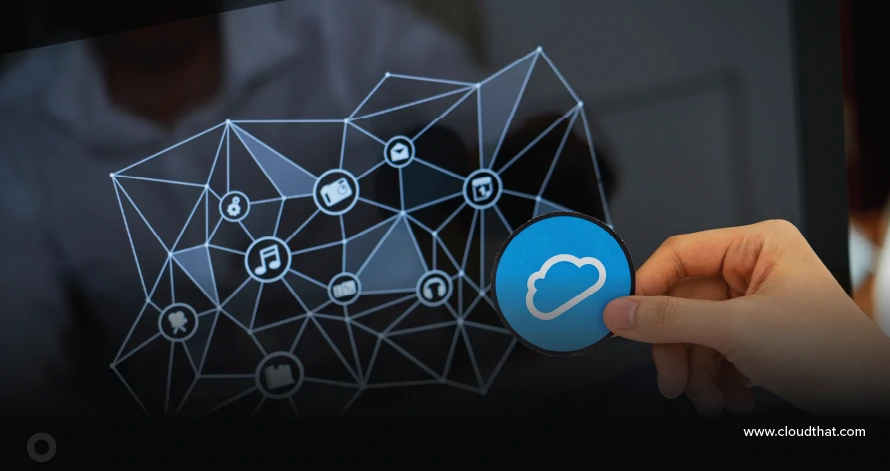|
Voiced by Amazon Polly |
Introduction
In the world of data engineering, where real-time data processing and analysis are becoming increasingly important, data streaming tools play a crucial role. These tools enable the continuous ingestion, processing, and delivery of data streams, allowing organizations to make timely and informed decisions. In this blog post, we will explore different types of data streaming tools commonly used in data engineering, their key features, and how they contribute to building efficient data pipelines. We will also address some frequently asked questions to understand this topic comprehensively.
Pioneers in Cloud Consulting & Migration Services
- Reduced infrastructural costs
- Accelerated application deployment
Types of Data Streaming Tools
- Apache Kafka: Apache Kafka is a distributed streaming platform known for its high-throughput, fault-tolerant, and real-time data streaming capabilities. It allows data engineers to build scalable, fault-tolerant, and highly available data pipelines. Kafka follows a publish-subscribe model, where data is produced by publishers (producers) and consumed by subscribers (consumers). It provides durable storage and supports both batch and stream processing.

Source: Data Flair
- Producer API The Producer API provides an application to continuously push a stream of rows or records to multiple Kafka topics.
- Consumer API The Consumer API allows an application to subscribe to one or more topics and process the incoming stream of records.
- Streams API The Streams API empowers an application to function as a stream processor by consuming input streams from one or more topics and generating output streams to one or more destination topics. This allows for the transformation of input streams into desired output streams.
- Connector API The Connector API is utilized when building and operating reusable producers or consumers that establish connections between Kafka topics and existing applications or data systems. For instance, a connector designed for a relational database might capture and transmit every change made to a specific table.
2. Apache Flink: Apache Flink is a powerful stream processing framework offering low-latency, fault-tolerant streaming data processing. It provides APIs for building real-time analytics applications and supports event-time processing, exactly-once processing semantics, and stateful computations. Flink integrates well with other data processing frameworks and storage systems, making it a versatile tool for complex data engineering workflows.
3. Apache Spark Streaming: Apache Spark Streaming is an extension of the Apache Spark processing engine, allowing for scalable and fault-tolerant stream processing. It divides incoming data streams into micro-batches, which are then processed using Spark’s powerful batch processing capabilities. Spark Streaming provides high-level APIs for building real-time analytics applications and supports integration with various data sources and sinks.
4. Amazon Kinesis: Amazon Kinesis is a fully managed service by AWS that allows you to easily collect, process, and analyze real-time streaming data at any scale. It offers three services: Kinesis Data Streams for handling high-throughput streaming data, Kinesis Data Firehose for loading streaming data into data lakes or analytics services, and Kinesis Data Analytics for real-time data analytics and insights.
5. Apache NiFi: Apache NiFi is an open-source data integration tool that provides a visual interface for building data flows. It supports the ingestion, transformation, and routing of data in real-time. NiFi is designed to handle diverse data sources and offers robust security and monitoring capabilities. It is often used to build data pipelines involving IoT data, log processing, and routing.
6. Confluent Platform: Confluent Platform is a streaming platform built on top of Apache Kafka. It provides additional enterprise features, including schema management, security, and connectors for integrating various data sources and sinks. Confluent Platform simplifies the deployment and management of Kafka-based streaming applications and offers a comprehensive set of tools for building end-to-end data streaming solutions.
Conclusion
Evaluating the tool’s ecosystem, community support, and documentation can also be beneficial. Based on these parameters, you can select any of the above methods.
Empowering organizations to become ‘data driven’ enterprises with our Cloud experts.
- Reduced infrastructure costs
- Timely data-driven decisions
About CloudThat
CloudThat is an award-winning company and the first in India to offer cloud training and consulting services worldwide. As a Microsoft Solutions Partner, AWS Advanced Tier Training Partner, and Google Cloud Platform Partner, CloudThat has empowered over 850,000 professionals through 600+ cloud certifications winning global recognition for its training excellence including 20 MCT Trainers in Microsoft’s Global Top 100 and an impressive 12 awards in the last 8 years. CloudThat specializes in Cloud Migration, Data Platforms, DevOps, IoT, and cutting-edge technologies like Gen AI & AI/ML. It has delivered over 500 consulting projects for 250+ organizations in 30+ countries as it continues to empower professionals and enterprises to thrive in the digital-first world.
FAQs
1. What is the main difference between batch processing and stream processing?
ANS: – Batch processing involves processing large volumes of data in batches at regular intervals, while stream processing deals with real-time or near-real-time data processing as it arrives. Batch processing is suitable for scenarios where data latency is not critical, whereas stream processing is used for applications requiring immediate insights or actions based on incoming data.
2. How does data streaming differ from traditional ETL (Extract, Transform, Load) processes?
ANS: – While traditional ETL processes handle data in batches and are typically designed for periodic or scheduled data integration, data streaming processes handle data in a continuous and real-time manner. Streaming tools allow for data ingestion, processing, and delivery as it arrives, enabling near-instantaneous data.
3. What are the advantages of data streaming tools in data engineering?
ANS: – Data streaming tools offer real-time or near-real-time data processing, enabling organizations to make timely and informed decisions. They provide high-throughput and fault-tolerant capabilities, allowing for scalable and reliable data processing. Streaming tools also facilitate the integration of diverse data sources and enable the building efficient and robust data pipelines.
WRITTEN BY Vinayak Kalyanshetti


 Login
Login


 June 19, 2023
June 19, 2023 PREV
PREV











Comments